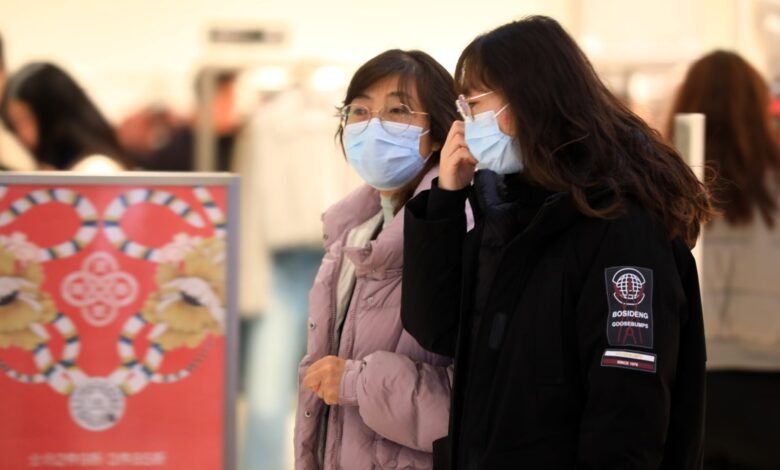Human Metapneumovirus Is Finally Being Taken Seriously

Like many other respiratory viruses, Williams says that hMPV tends to impact those with chronic lung diseases or existing conditions such as asthma and cancer. But despite this, he has found that many doctors are unaware that it’s a threat, largely because until relatively recently, no one was testing for it outside of academic studies.
“There’s no question that even within the medical community, a lot of physicians are just not aware of how common hMPV is,” he says. “As clinical testing has become more available, I’ve had people say to me, with surprise, ‘I had a patient in my ICU with metapneumovirus last week. It’s real, and I never believed it before.’ Until people see it themselves, I think they don’t totally believe the burden.”
Vermund says that there have likely been many spikes of hMPV infections in the past, but we were either not aware of them or mistook them for influenza. He explains that one of the consequences of Covid has been a recognition of the need for greater surveillance of circulating respiratory viruses, meaning that hMPV case numbers are being detected by epidemiologists for the first time.
“The Chinese have become quite advanced at molecular diagnostics for respiratory viruses and they’re doing a lot of public health surveillance, more than many other countries,” he says. “I think what we may be seeing is that they’re doing an especially good job at this, and so finding that metapneumovirus is more common than we used to realize.”
Williams believes that the current spike of interest in hMPV could have positive consequences for public health. Right now, he says that hMPV can only be detected as part of a so-called multiplex panel, a diagnostic that checks for the presence of up to 25 different respiratory viruses, at a cost of around $200 per patient. While this is a worthwhile investment for emergency room doctors deciding whether to admit a sick infant or send them home, such costs are often prohibitive for ordinary physicians.
“There are cheap tests for flu, Covid, and RSV that can be used by clinicians anywhere,” he says. “But there’s not really any cheap test for hMPV, just this complex diagnostic panel which assesses multiple viruses and that’s hard for the average clinic to get hold of.”
There are hopes that low-cost testing for hMPV could be on the way. According to Vermund, the Ragon Institute in Massachusetts is working on ways of trying to reduce the price of respiratory virus testing to under $6 per patient, with the ultimate goal of driving the cost down to less than $1.
Equally, another consequence of the increasing awareness surrounding hMPV is that it provides stronger incentives for fast-tracking a vaccine. As yet, no licensed vaccine is available for the virus, but a series of candidates have entered early-stage clinical trials in the last two years.
Last summer, scientists at the University of Oxford launched a clinical trial of a combined RSV and hMPV vaccine in partnership with Moderna, and Andrew Pollard, a professor of infection and immunity who directs the Oxford Vaccine Group, says that adding hMPV to existing vaccines would be the most practical means of rolling out an additional immunization.
“If you can put them in the same vaccine, so RSV and hMPV, then without needing extra needles, you’re actually covering more of the respiratory admissions to hospital,” says Pollard. “But before we can do that, we need to find out how often you need to vaccinate against hMPV. If you can provide immunity by vaccinating every few years, then you could combine with RSV.”
Overall, Vermund describes the sudden interest in hMPV as an important development. While the virus won’t trigger the next pandemic, it still afflicts such a significant number of people that it’s a major drain on public health systems, as well as being a long-underrecognized cause of mortality in the vulnerable.
“Even though metapneumovirus is not one of the more lethal viruses, it’s incredibly common,” he says. “It’s been causing a nontrivial amount of colds over the years, which is an incredible economic burden, and every once in a while, it kills somebody.”
https://media.wired.com/photos/677c078dce31f1e719cb34f0/191:100/w_1280,c_limit/GettyImages-2192643741.jpg







